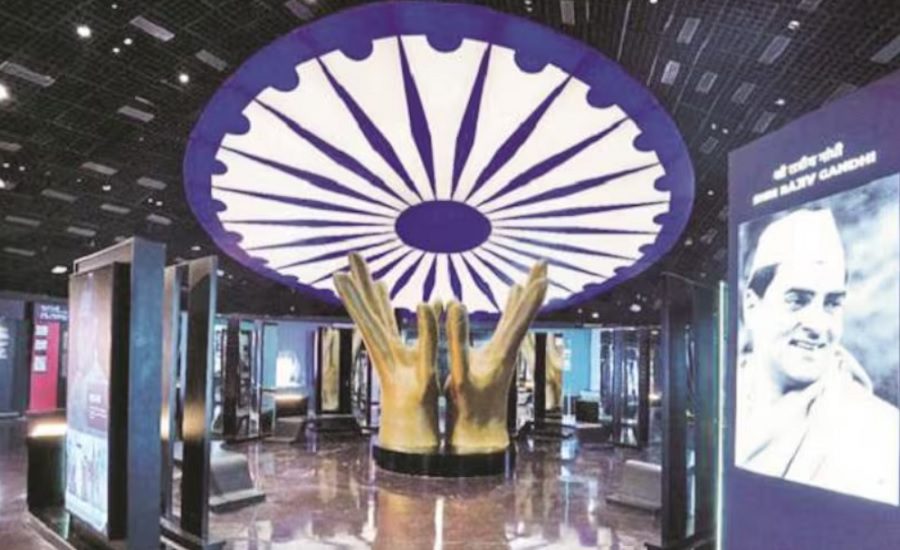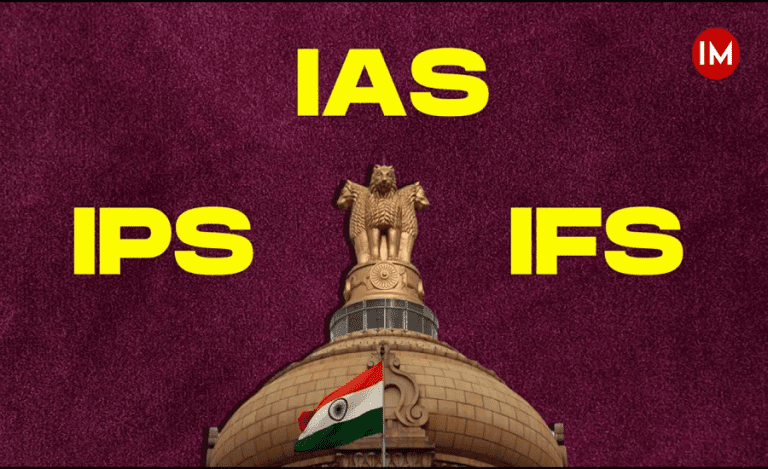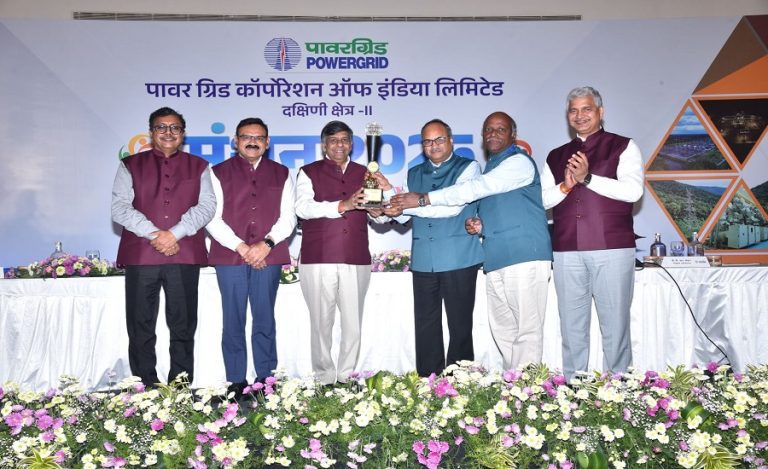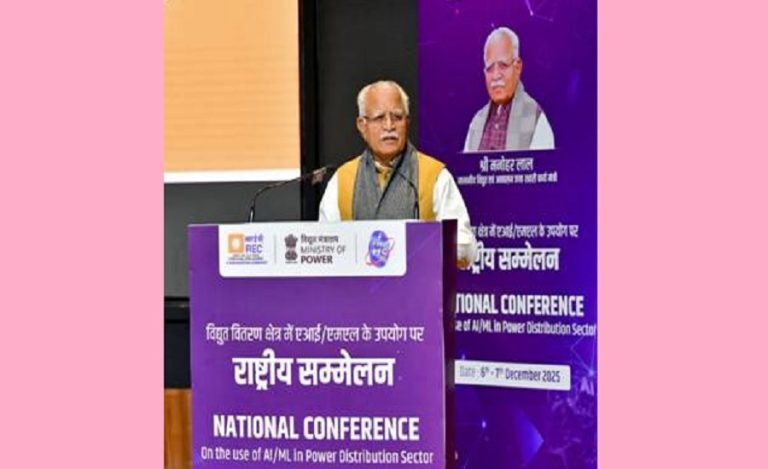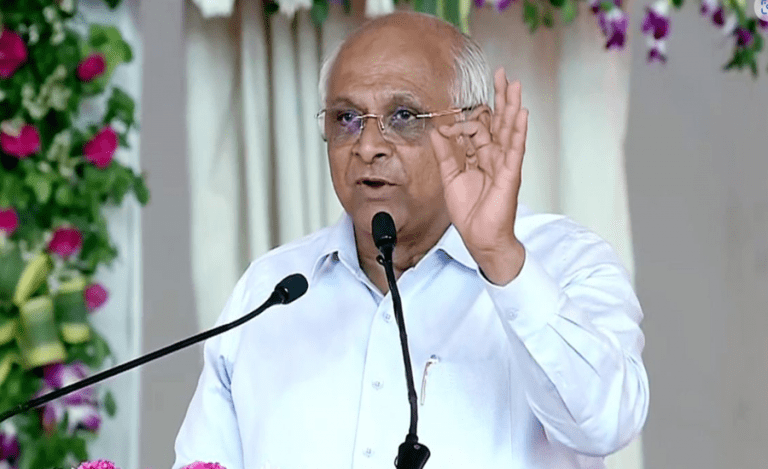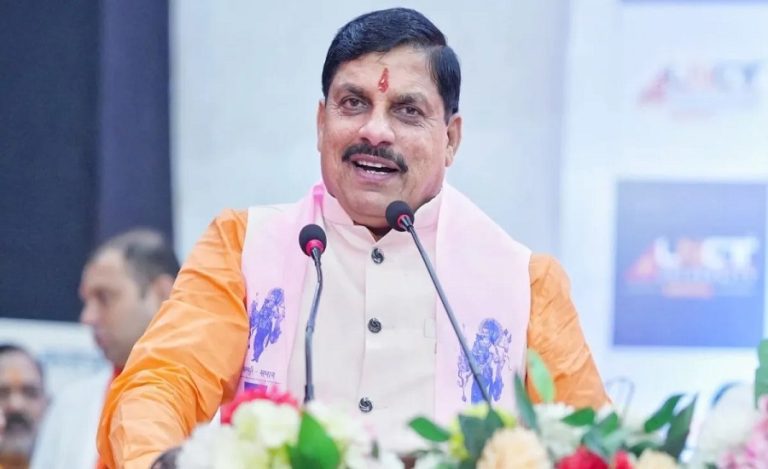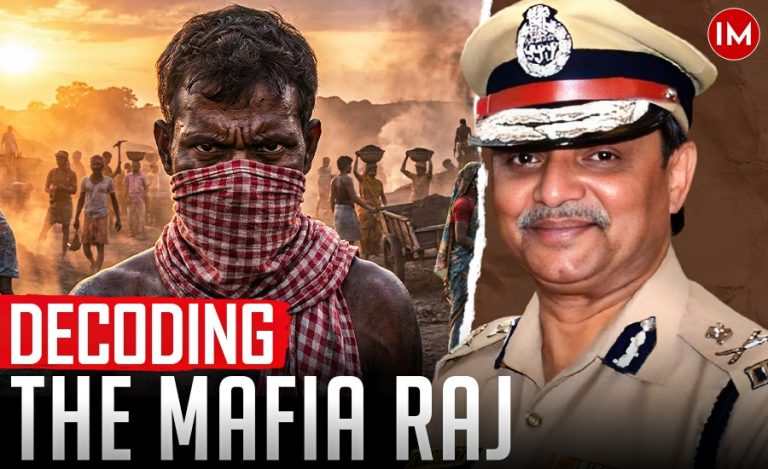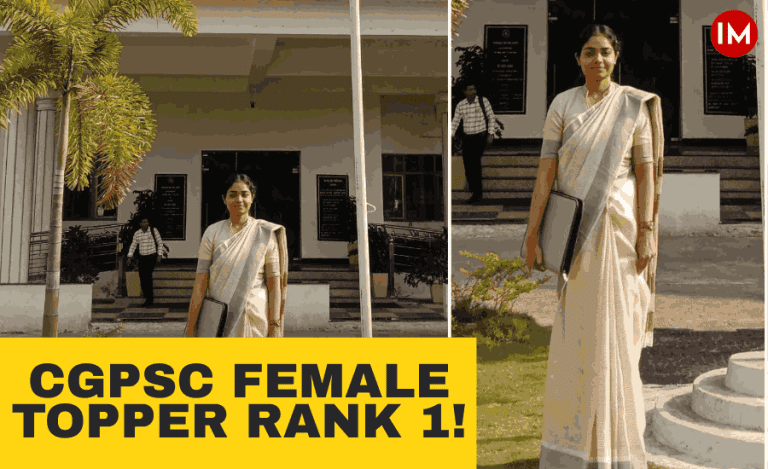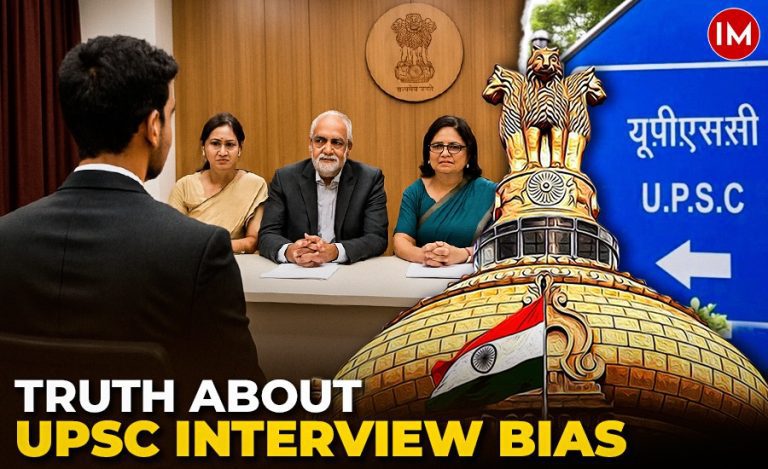New Delhi: In a notable appointment, the Appointments Committee of the Cabinet (ACC) has approved the selection of Ashwani Lohani (Retd IRSME:1980) as the new Director of the Prime Minister’s Museum and Library, located at the historic Teen Murti complex in New Delhi.
The appointment has been made on a contract basis for a period of three years, with Mr Lohani serving in the rank and pay of Secretary to the Government of India.
Veteran Administrator Returns to Public Role
Mr Lohani, a seasoned officer from the Indian Railway Service of Mechanical Engineers (IRSME), brings decades of administrative and leadership experience to his new role.
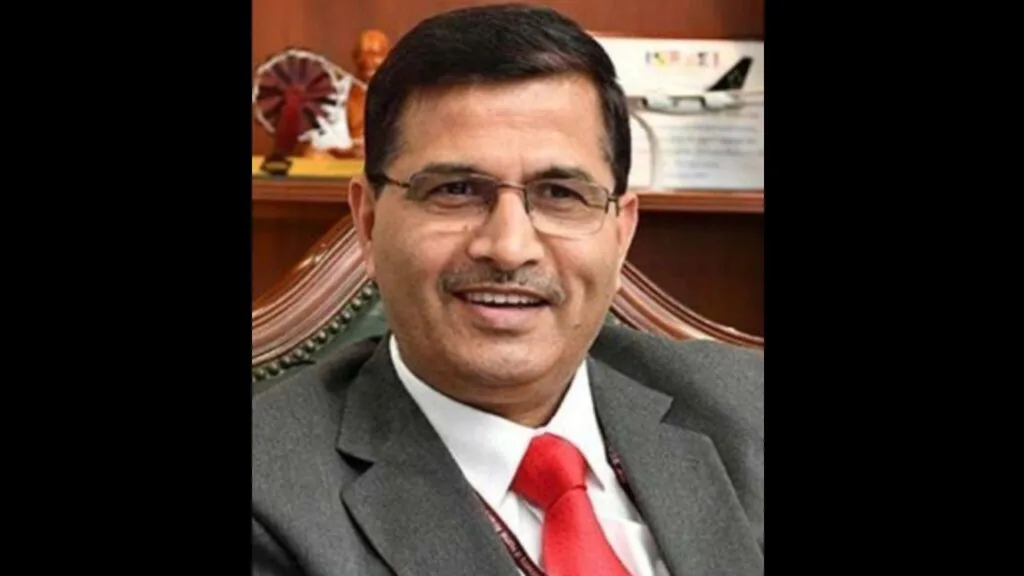
Throughout his illustrious career, he held several key positions, including-
- Chairman & Managing Director (CMD), Air India
- Chairman, Railway Board
- General Manager, Northern Railway
Lohani is widely regarded for his reform-oriented approach and ability to manage large-scale public institutions, often credited with introducing efficiency and stability in critical infrastructure sectors.
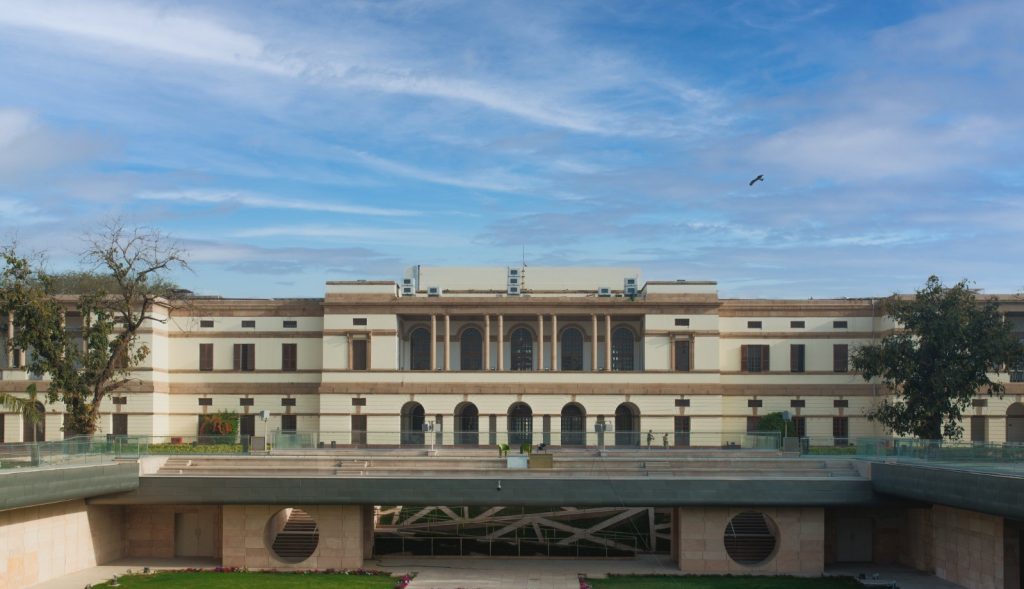
About the Prime Minister’s Museum and Library
Formerly known as the Nehru Memorial Museum and Library (NMML), the institution was renamed and repurposed to highlight the contributions of all Indian Prime Ministers, while preserving its original legacy associated with India’s first Prime Minister, Jawaharlal Nehru.
The museum and library complex is situated within the Teen Murti Bhavan, Nehru’s former residence, and is a prominent centre for political history, research, and public education. It houses archival records, photographs, artefacts, and exhibits showcasing the evolution of India’s political leadership since independence.
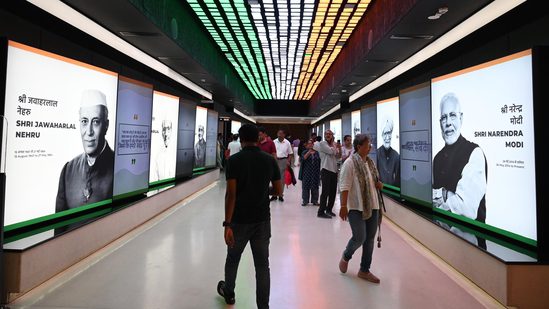
Expectations from Lohani’s Tenure
Mr Lohani’s appointment is seen as a strategic move to enhance the visibility, outreach, and institutional strength of the Prime Minister’s Museum and Library. With his track record in both heritage and modernisation initiatives, he is expected to further integrate digital archives, visitor engagement, and high-quality research facilitation.
The museum has grown significantly since its transformation, becoming a symbol of India’s democratic evolution and a tool for civic learning.

